


-

Is your own serious independent research your primary source of investment ideas?
Sign Up TodayAlready a member? Log in here




WARNING: Your IP (3.145.88.217) is on our block list. This mean sometime in the past there has been abusive activity towards VIC coming from this IP.
You will have very limited access to contents available on VIC.
To bypass this sign-up and login as a VIC user. If you believe this is in error, please contact us and we can look into your access in more detail.

Sign up today to gain access to more recent ideas and check them out right away
Learn More
Access to thousands of investment ideas from top investors around the world
Learn More
Check your messages and discuss ideas and other things you want to talk about with other users
Learn More
Share your ideas and have a chance to earn $5,000 twice a month
Learn MoreSign up with a valid email address to get access to 45 days delayed ideas. For complete access without any delay you have to submit an online application that includes a favorite current investment recommendation.